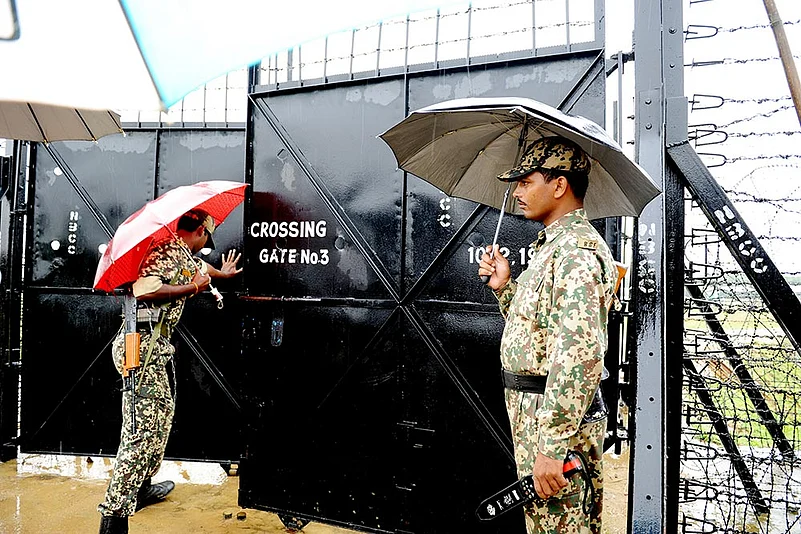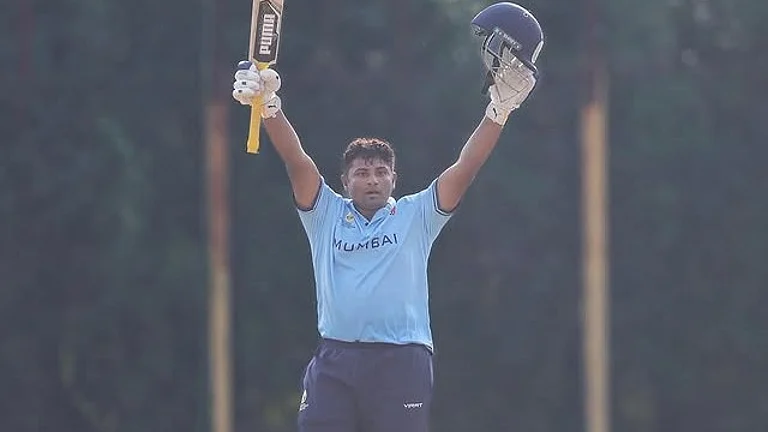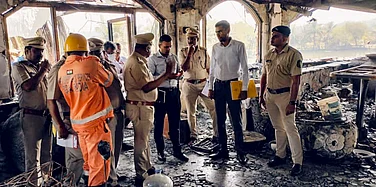From my service in the BSF on the Indo-Bangladesh border and in West Bengal’s correctional services, I have acquired a fairly deep, first-hand perspective on the issue of illegal immigrants at its two most crucial stages: at the border level and at the custodial level. We must first recognise that the Indo-Bangladesh border, drawn up in 1947 by the British lawyer Sir Cyril Radcliffe, shows him up as almost unbelievably inadequate in terms of his knowledge of the local topography and the culture of its people. The Radcliffe line cuts through ponds, fields, backyards and even homes, leaving one part on the Indian side and the other on the Bangladesh side.
What amazed me most when I took charge was the porosity of this border, over 4,000 km long (about 1,100 km more than the Indo-Pak border). Almost one-fourth of the Indo-Bangladesh border is riverine, making patrolling difficult and fencing impossible. Over several decades, people from Bangladesh have been entering India and settling in these difficult-to-monitor islands and lowlands. These migrations have affected Assam and West Bengal the most, since these states are accessible to the migrants, who can mingle almost indiscernibly with locals.
The deployment of the BSF on the eastern borders has been inadequate, for the region has never been given the same priority as Jammu & Kashmir, Punjab, Rajasthan or Gujarat. Under these circumstances, and given the poverty levels in the neighbouring country, large-scale infiltration in search of jobs is not surprising. Migrants enter by tampering with the fencing, sneaking in by boat or canoe or merging with locals at traditional markets. Many have relatives on this side of the fence. Along with other illegal activities, there’s a thriving trade in false documents. And there are of course those who use genuine documents to enter but never return.
The BSF works under considerable constraints here. While jawans are not strictly prohibited from using firearms, there is pressure from both countries for them to practise extreme self-restraint—unlike on the Pakistan border. The circumstances of the migrations, of course, call for a humane approach, but we must also keep in mind that almost on a daily basis BSF jawans are confronted with the problem of stemming criminal activity: smuggling and human trafficking are rampant and there’s a thriving parallel economy.
The solution, I think, would be to create employment opportunities for citizens of both countries through dialogue between the two. While the National Registry of Citizens (NRC) process being initiated in Assam takes place, it is also important to go to the economic roots of the problem. And to stop infiltration, there should be better fencing and more troop deployment.
The issue of arresting illegal migrants and sending them back is a major concern. Correctional homes in Assam and West Bengal are crammed with such detainees. The procedure for deportation of Bangladeshi nationals is complex and involves lengthy correspondence. Often, those who have served their sentences—known as jaan khalash—continue to languish in detention centres. The individual stories of many of these prisoners are heart-wrenching. Other than smugglers or traffickers, most detainees are migrants who came to escape poverty.
While heading prisons in West Bengal, I initiated a programme to help women gain employability (by teaching them sewing, stitching etc) and children gain education. I did not differentiate between Indian nationals and Bangladeshi nationals. Simultaneously, I pursued their cases, taking up the issue with the departments concerned to ensure their return to their countries when they have served their term. I hoped that when they do go back they would be self-reliant in their own countries and would not need to cross the border illegally.
(B.D. Sharma is former special director-general of the BSF in charge of the Indo-Bangladesh border and former director-general of the Sashastra Seema Bal.)





















